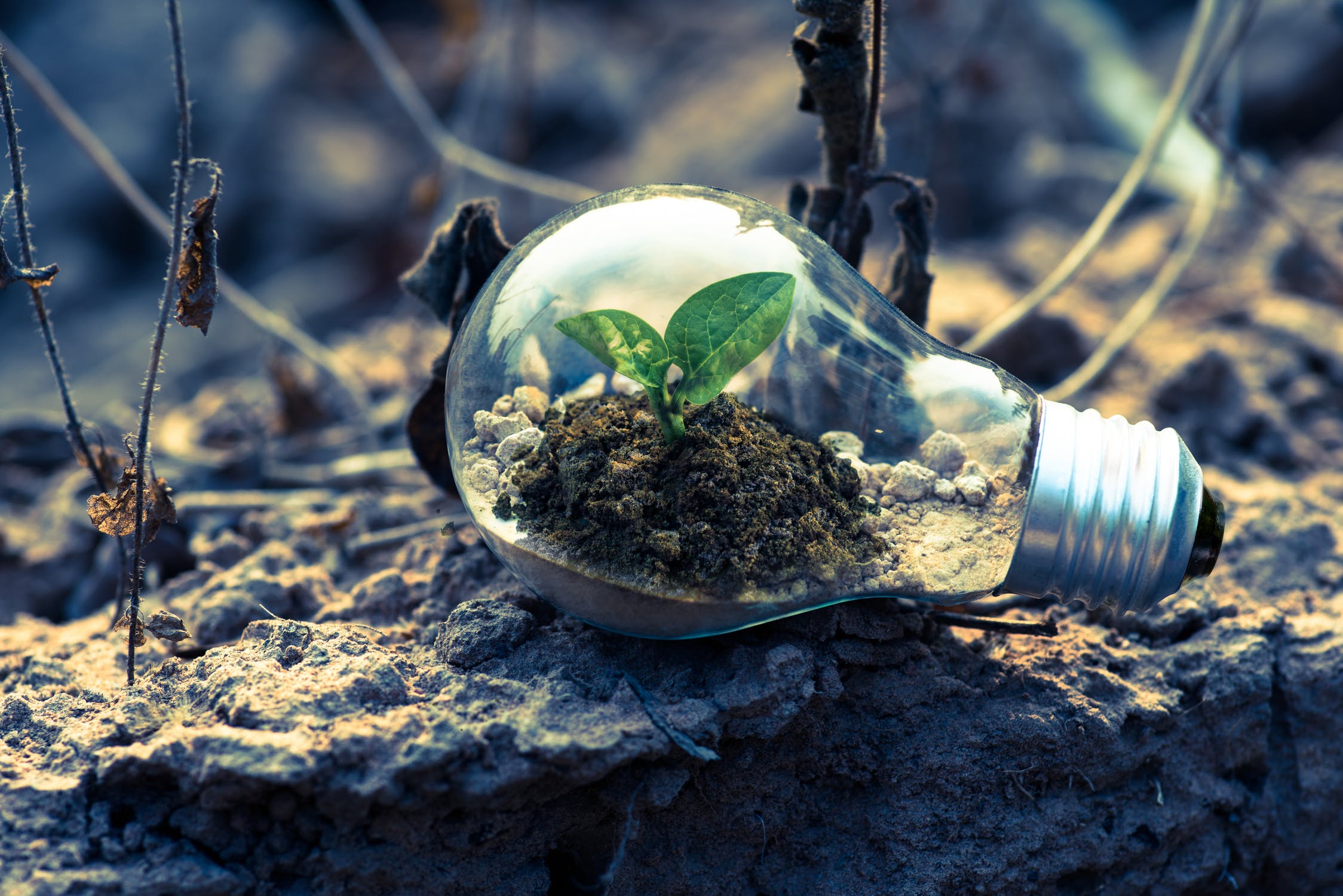Circular Economy Solutions

The world has a troubled relationship with trash. The amount of waste created worldwide could fill more than 800,000 Olympic-sized swimming pools every year. The U.S. in particular creates more waste than any other country and reuses only 35% of its solid waste. For consumers, this single-use lifestyle is costly in the long run. On a broader scale, our waste problem is a key culprit in the climate crisis. However, some businesses and their customers are working on a better way to manage waste. They are joining a growing group of organizations in what is known as the “circular economy,” which involves three key steps to get started.
What is the circular economy?
1. Look to nature.
This type of economy aims to save our natural world by mirroring systems seen in nature. The cyclical pattern of the food chain is a prime example. Plants grow and are then eaten by animals. The animals die and return to nourish the earth’s soil. New plants grow, and the cycle begins again.
2. Keep materials in the loop.
A circular economy works the same way, but with consumer goods. For example, Close the Loop in Australia turns old printer cartridges and soft plastics into materials used to build roads. These roads are high-quality, lasting 65% longer than traditional asphalt. This circular method of utilizing consumer goods means materials are continuously used and thus stay out of landfills.
Implementation
3. Ask these questions.
Consumers can take part in the circular economy by asking a few questions before making a purchase. How long will this new product last? Is there something more sustainable available? For example, every time someone finishes a traditional tube of toothpaste, it goes in the trash. In fact, one billion empty toothpaste tubes are thrown away every year. Bite Toothpaste comes in bite-sized bits, packaged in a glass jar. When someone runs out, Bite Toothpaste will mail refills in a compostable container.
As a company, implementing a circular model starts with a deep dive into business operations. Considering the entire lifecycle of their products and working with circular supply chains are two key steps to becoming a circular business.
Businesses doing the work
These two companies are embodying the circular economy initiative:
1. TOUS
Since 1920, TOUS has been in the jewelry business. However, they aren’t the typical jeweler – they specialize in giving old pieces of jewelry a second life. By restoring, recycling and reusing jewelry, they keep family heirlooms in their customers’ lives and lower their environmental impact. In fact, their facility was built to be eco-friendly, and they treat their wastewater so there is no environmental impact.
2. Circos
Every parent knows that baby clothes don’t last long before their little one grows out of that size. Circos is keeping those outgrown onesies out of the landfills with their subscription-based service. Parents can return clothing, where it is repaired, reused or recycled. The same goes for their maternity clothing line. Their plant-based shipping materials are green, too. Mailers can be thrown into a compost pile where they dissolve within six months.
Stay involved in the circular movement
Education plays a pivotal role in making the circular model mainstream. Net Impact is committed to helping young professionals make a positive impact. Learn more on their career page on Circular Economy and Sustainable Design.
E-mail synopsis:
The amount of waste created worldwide could fill more than 800,000 Olympic-sized swimming pools every year. This is a product of a linear economy, where raw materials are used in a “take, make, waste,” system. Some businesses and their customers are joining a growing sustainable movement that aims to keep materials in use for as long as possible. This is called the “circular economy.”


-1.png?width=352&name=First%20place%20Winner%20Graphic%20(1)-1.png)

